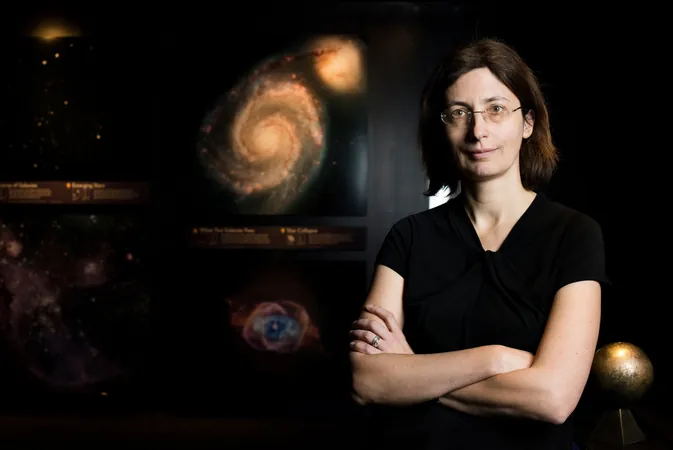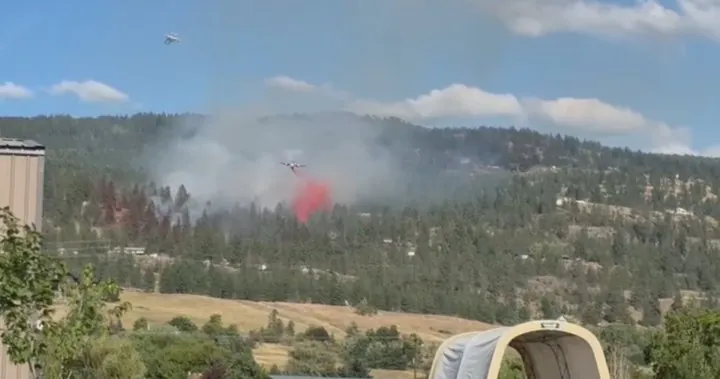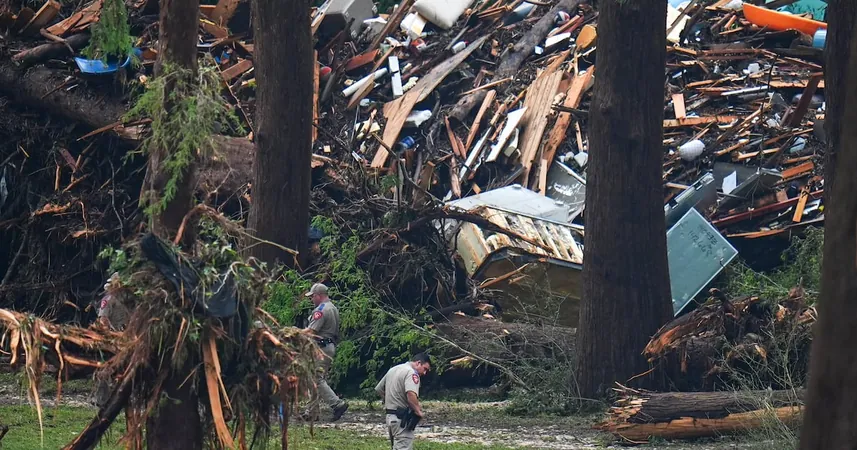
Unveiling the Ancient Universe: Astronomers Peer Through Cosmic Dust
2025-06-06
Author: Amelia
A Celestial Challenge: The Veil of Dust
When astronomers aim their telescopes at galaxies formed billions of years ago, they often face a frustrating obstacle: cosmic dust! This particulate matter can obscure the view, making it difficult to study these distant realms and understand their evolution.
Breakthrough with the James Webb Space Telescope
Thanks to the groundbreaking capabilities of the James Webb Space Telescope (JWST), a team led by Tufts University astronomer Anna Sajina has made a remarkable discovery. They found that the dust in a galaxy located five billion light-years away closely resembles the dust in our Milky Way. This finding allows astronomers to refine their methods of studying star and black hole formation in the early universe, as detailed in recent research published in the *Astrophysical Journal*.
Understanding the Genesis of the Universe
The universe is believed to have begun roughly 14 billion years ago, and understanding this cosmic era is crucial for piecing together the history of galaxies and black holes. Sajina's research focuses on the challenges posed by dust, which absorbs starlight and re-emits it in the infrared spectrum—an invisible realm for the naked eye.
Dusty Secrets of Star Formation
Astronomers often had to rely on assumptions about the properties of dust, as studying distant dust was previously limited. The materials that make up interstellar dust, including carbon, silicon, and iron, are crucial in star formation. Understanding their composition in far-off galaxies can inform us about the potential for planet formation in those regions.
A Journey to the Distant Past
Sajina's team turned their gaze to the galaxy SSTXFLS J172458.3+591545, a fascinating object that hosts an actively growing black hole. The light captured by JWST left this galaxy five billion years ago, providing a window into our cosmic past.
Revolutionary Discoveries in Ice Form
With JWST's unparalleled sensitivity, researchers detected solid forms of molecules such as carbon dioxide, carbon monoxide, and water on dust grains for the first time in a galaxy outside our immediate cosmic neighborhood. Sajina noted that while gaseous molecules have been studied extensively, observing solid ice mantles on dust grains is a groundbreaking achievement.
Echoes of Home in Distant Galaxies
These findings reveal that the chemical composition of ice-covered dust in this ancient galaxy mirrors what we see in our Milky Way. Consequently, if planets are forming in these distant realms, they likely share similar raw materials, hinting at the possibility of life-friendly environments.
Conclusion: Bridging Local and Cosmic Knowledge
The presence of compact, dense cores in the dust of these galaxies provides insights into the distribution of dust in the universe's past. As we continue to peel back the layers of cosmic dust, we're one step closer to understanding the very origins of galaxy formation and the potential for life beyond our own.









 Brasil (PT)
Brasil (PT)
 Canada (EN)
Canada (EN)
 Chile (ES)
Chile (ES)
 Česko (CS)
Česko (CS)
 대한민국 (KO)
대한민국 (KO)
 España (ES)
España (ES)
 France (FR)
France (FR)
 Hong Kong (EN)
Hong Kong (EN)
 Italia (IT)
Italia (IT)
 日本 (JA)
日本 (JA)
 Magyarország (HU)
Magyarország (HU)
 Norge (NO)
Norge (NO)
 Polska (PL)
Polska (PL)
 Schweiz (DE)
Schweiz (DE)
 Singapore (EN)
Singapore (EN)
 Sverige (SV)
Sverige (SV)
 Suomi (FI)
Suomi (FI)
 Türkiye (TR)
Türkiye (TR)
 الإمارات العربية المتحدة (AR)
الإمارات العربية المتحدة (AR)